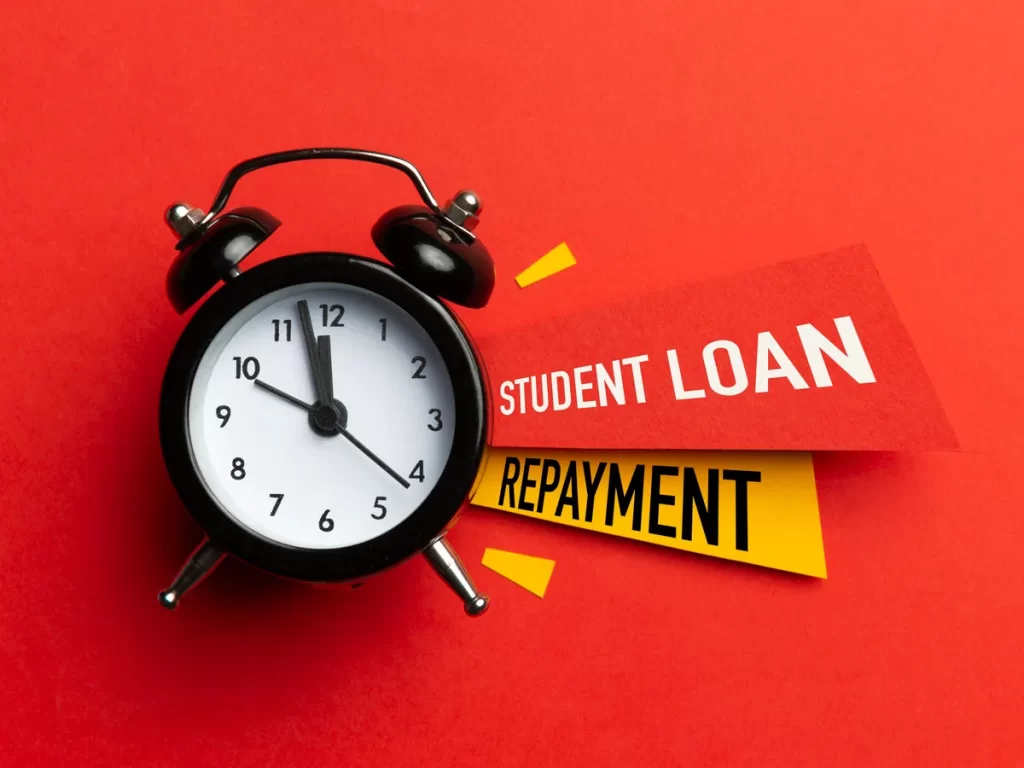Subsidized federal student loans do not incur interest during deferment and the six-month grace period after graduation; however, unpaid interest does accrue regardless of your repayment plan.
There are various strategies available to you that can help reduce debt faster than you expect. Some are easy to implement while others require more planning and commitment.
Paying More Than the Minimum Due
Income-driven repayment plans offer relief from student loan debt by capping your payments at a certain percentage of income and offering loan forgiveness after 20-25 years.
If you can afford to make more than the minimum monthly payment, do so. However, be mindful that some servicers may credit these extra payments toward future payments rather than applying them directly towards principal balance.
Paying More During the Grace Period
Federal student loans generally have a six-month grace period following graduation or leaving school before payments start to accrue. Borrowers should take this opportunity to assess whether they’re financially ready to manage loan repayment, and make necessary changes such as getting a roommate or starting an additional income stream during this timeframe.
Making regular payments or interest-only payments during their grace period can help borrowers to avoid becoming caught up in lifestyle inflation.
Paying More During the Postponement Period
Subsidized direct loans, available only to undergraduate students who demonstrate financial need, do not charge interest while you are enrolled or during your grace period – an invaluable benefit!
If you’re currently on a 10-year plan, REPAYE could offer more progressive and flexible repayment terms, addressing hardship while costing less and providing greater retirement savings potential.
Paying More During the Forbearance Period
Direct Subsidized loans only accrue interest while in school or during deferment periods; by contrast, unsubsidized loans continue to accrue interest even during forbearance periods. Other loan repayment strategies may include Public Service Loan Forgiveness which grants loan forgiveness to employees who work at government or non-profit entities.
Alternate options include enrolling in an income-driven repayment plan that limits monthly payments to your income and allows loan forgiveness after 20-25 years.
Paying More During the Deferment Period
One way to speed up debt payoff time is making interest payments while still in deferment. This strategy works especially well with federal loans that don’t accrue interest during this period.
Once payments resume, consider income-driven repayment plans which cap monthly payments at a percentage of your income and qualify you for loan forgiveness after 25 years. These options can help lower monthly costs while saving money in the long run.
Paying More During the Interest-Capitalization Period
Under situations of nonpayment, such as separation or deferment periods, interest can accumulate and add to your principal balance resulting in a larger and more costly student loan balance.
There are loan management strategies that can mitigate this risk and shorten your repayment timeline, thus decreasing monthly payments and making debt reduction simpler.
Paying More During the Direct Loan Consolidation Period
Consolidation combines multiple loans into one loan with one fixed interest rate that typically is calculated using the weighted average of their respective original rates. While consolidating may reduce monthly payments, you could end up paying more in interest over time.
Resetting their loan payment clock may jeopardize eligibility for income-driven repayment plans and loan forgiveness programs, further jeopardizing eligibility.
Paying More During the Extended Repayment Period
If your income falls short of covering what you owe, an extended graduated repayment plan may make more sense than income-driven plans that tie payments directly to income. But payments will likely be higher under such an extended plan.
Some lenders provide hardship assistance that can reduce your monthly payment; however, keep in mind that interest will still accrue over time.
Paying More During the Income-Driven Repayment Period
Income-driven repayment plans allow you to tailor payments based on family size and percentage of discretionary income, with some leading up to loan forgiveness within 20-25 years.
Recertify your income-driven plan annually and adjust payments as necessary. Paying more than the minimum can help accelerate payoff while decreasing overall interest costs.
Paying More During the Graduated Repayment Period
Graduates often opt for graduated repayment plans because their cash reserves are tight, making large upfront payments unfeasible. Unfortunately, however, this option could end up costing them more over time because payments will gradually increase over time.
If your income will grow over time, consider an income-driven repayment plan such as PAYE or IDR that ties your payments directly to your income and offers loan forgiveness after 20-25 years of payments have been made.


